The A-Z Of Music-Making: The J’s & K’s – From Jacks To Kicks
Whether it’s the difference between stereo and mono jacks, the importance of jamming or just knowing your keys, our A-Z has you covered… 1. Jack A standardised type of audio lead most commonly used to connect guitars, synths, mixers and interfaces. A mono jack lead has two wires; a stereo jack lead has three wires. […]
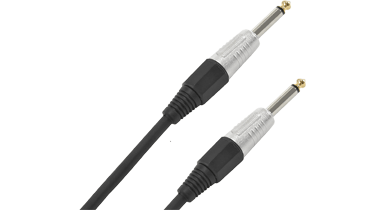
Whether it’s the difference between stereo and mono jacks, the importance of jamming or just knowing your keys, our A-Z has you covered…
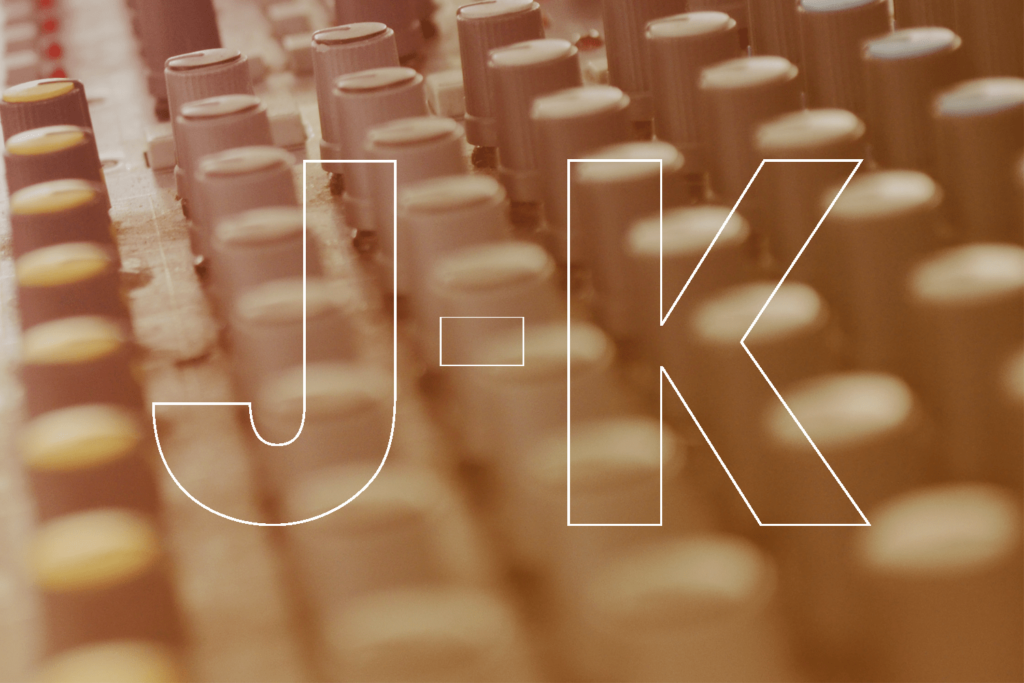
1. Jack
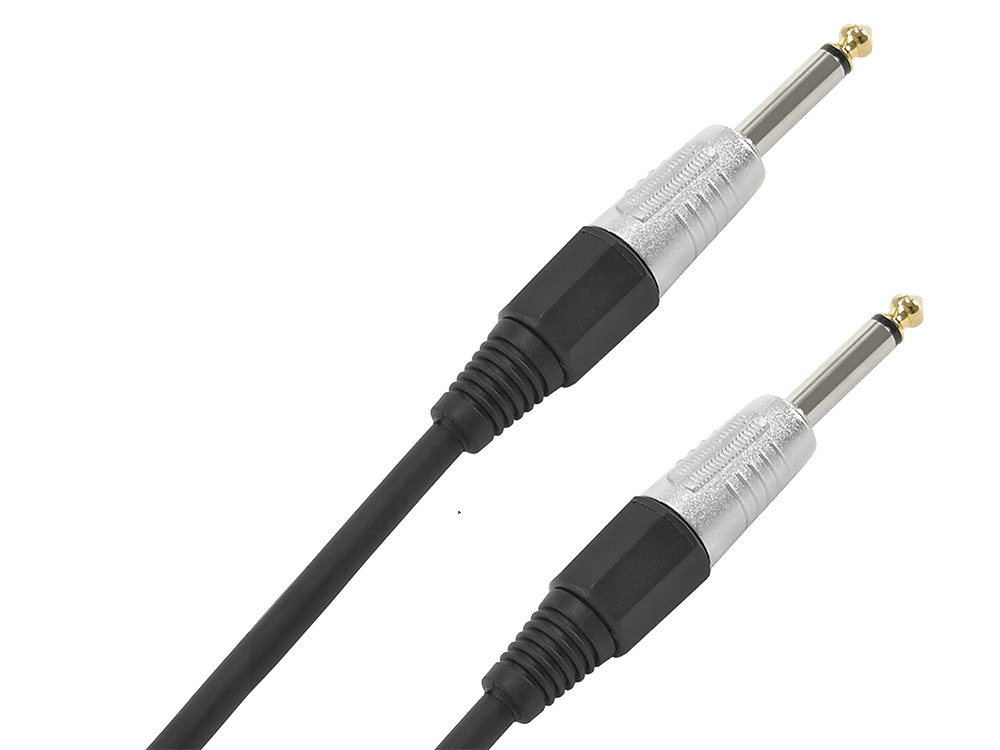
A standardised type of audio lead most commonly used to connect guitars, synths, mixers and interfaces. A mono jack lead has two wires; a stereo jack lead has three wires. A stereo jack lead can also be used as a ‘balanced’ lead for a mono signal – the third wire is grounded, to prevent electrical hum.
2. Jam

Jamming – ie, playing freely and reactively with other musicians – is a great way to develop your musical confidence and generate creative ideas. Some forms of music (for example, jazz) are built around improvised, reactive playing. It’s often surprising just how inspiring a good jam can be, often leading to a whole wealth of new ideas which can form the basis of your next production, or enhance something you’re already working on.
3. Junk Folder
Where all your not-so-brilliant musical ideas belong. It’s a good idea to always strive for excellence, and if your track isn’t up to par, then junk it and write a better one. However, don’t be too tough on yourself… have fun and go with the creative flow.
If something can be bettered, don’t get stuck on one small element. Crack on with the production, as you can always come back later and work on these smaller elements to make them better.
4. Key
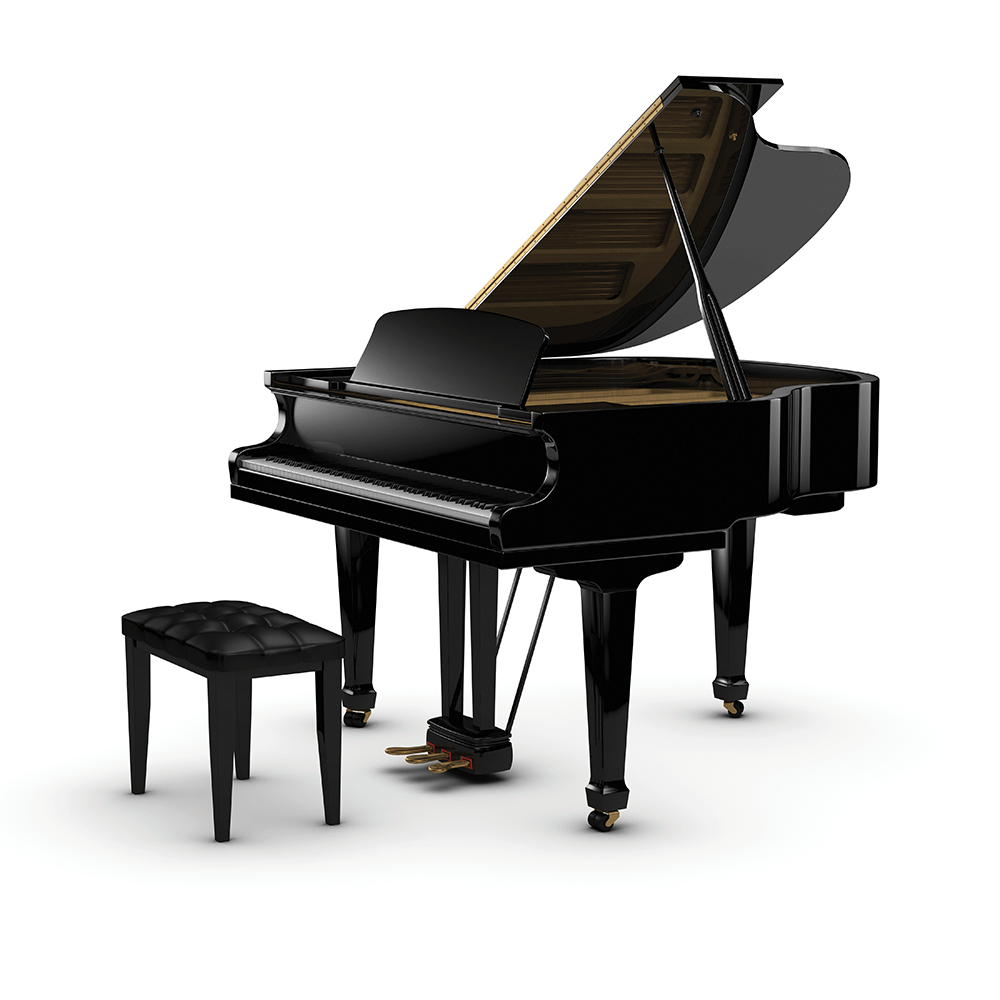
The key of a song describes the main notes, chords and scales that are used within it. On a piano, C is a commonly used key, as the notes of the C Major scale (C, D, E, F, G, A and B) are all on white notes. On a guitar, many songs are written in the key of E, as that is the pitch of the lowest open string.
It’s beneficial to brush up on your music theory before composing and producing, as it can help you find those crucial melodies, notes and textures. Before long, it becomes second nature to automatically ‘hear’ what should go where.
5. Kick
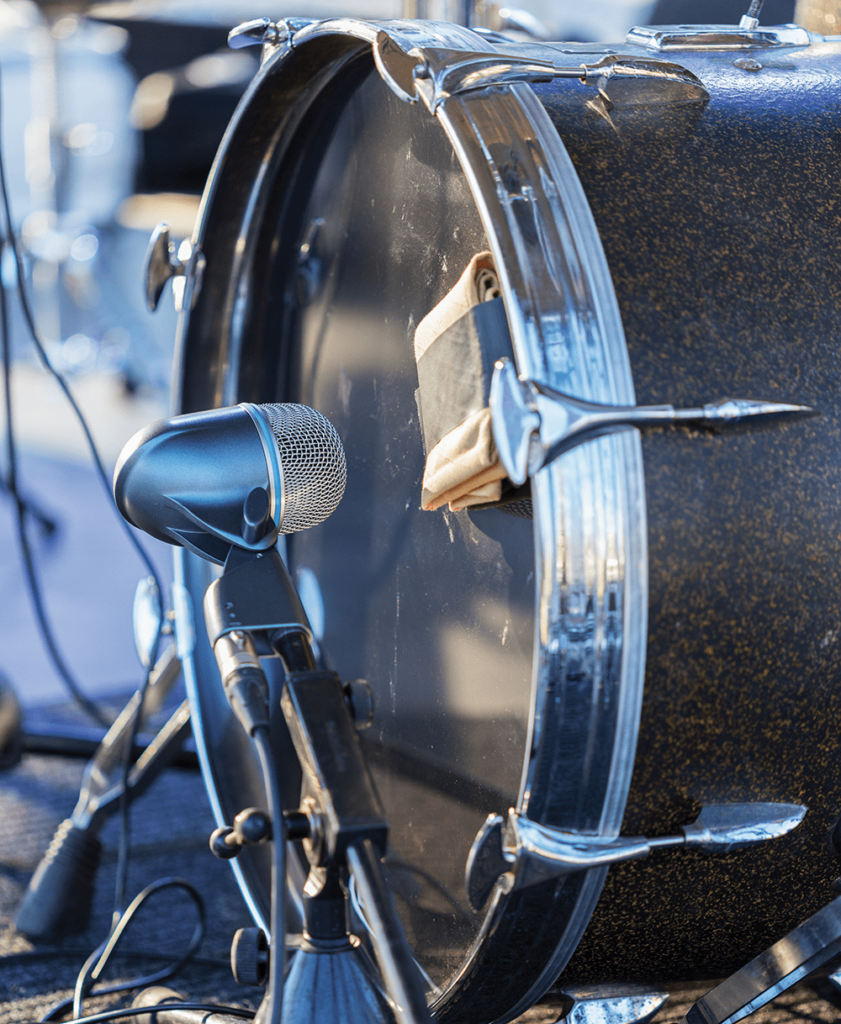
The big bass drum that drives the mix in many electronic genres.
